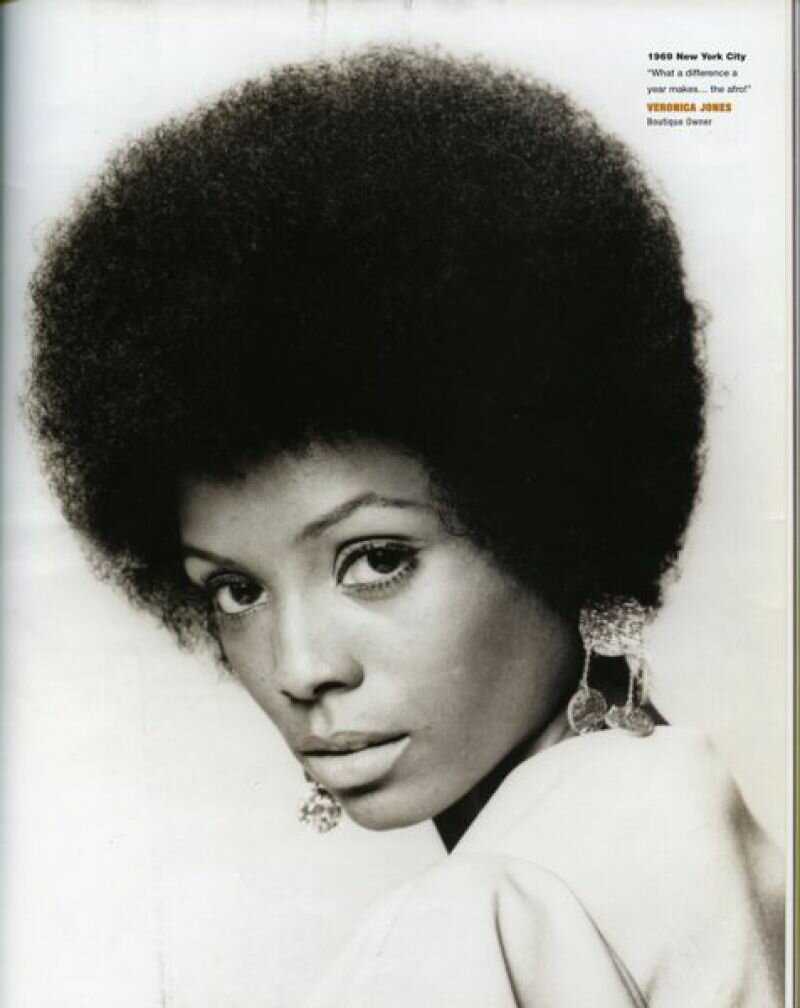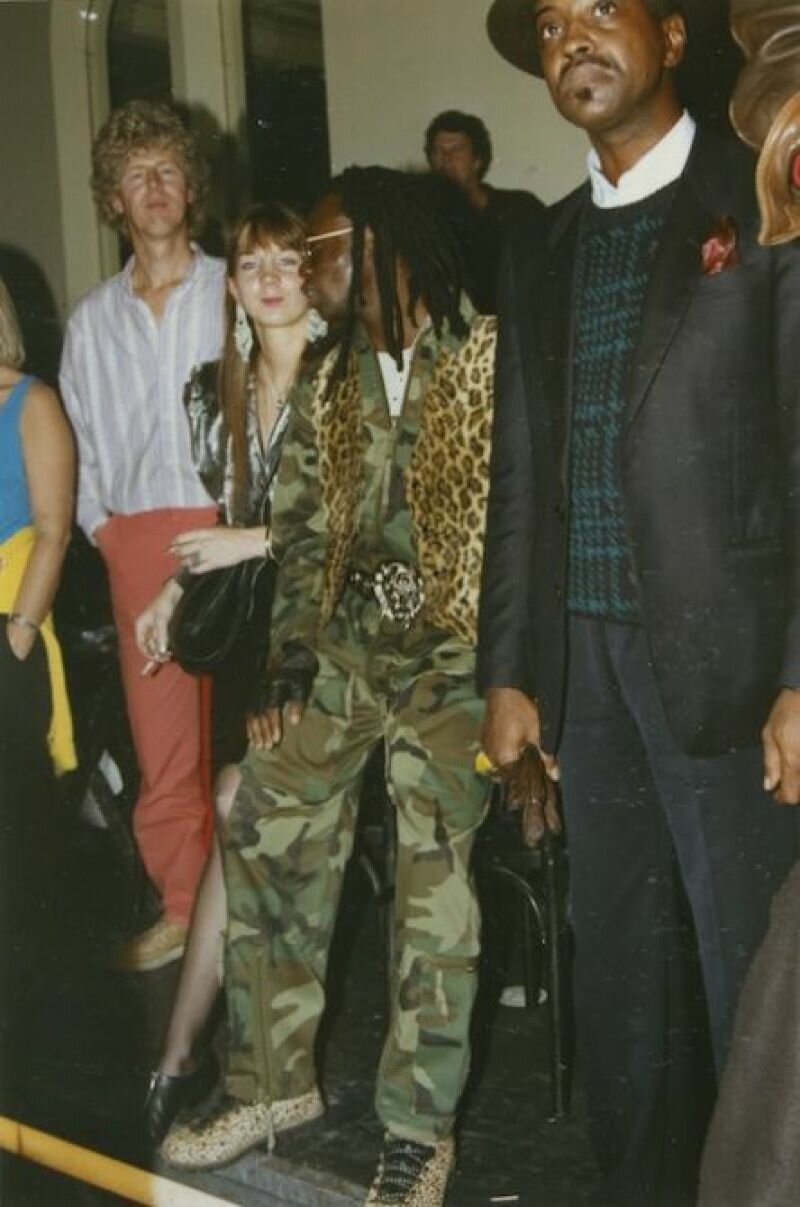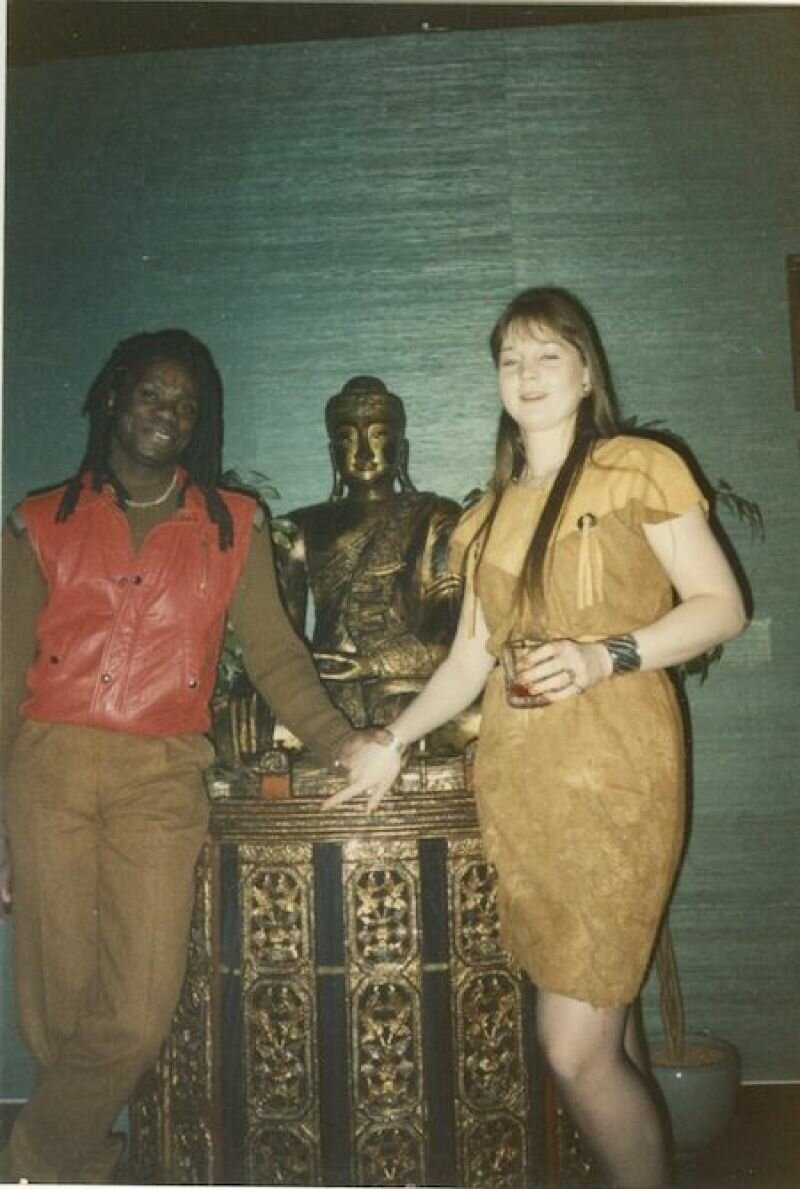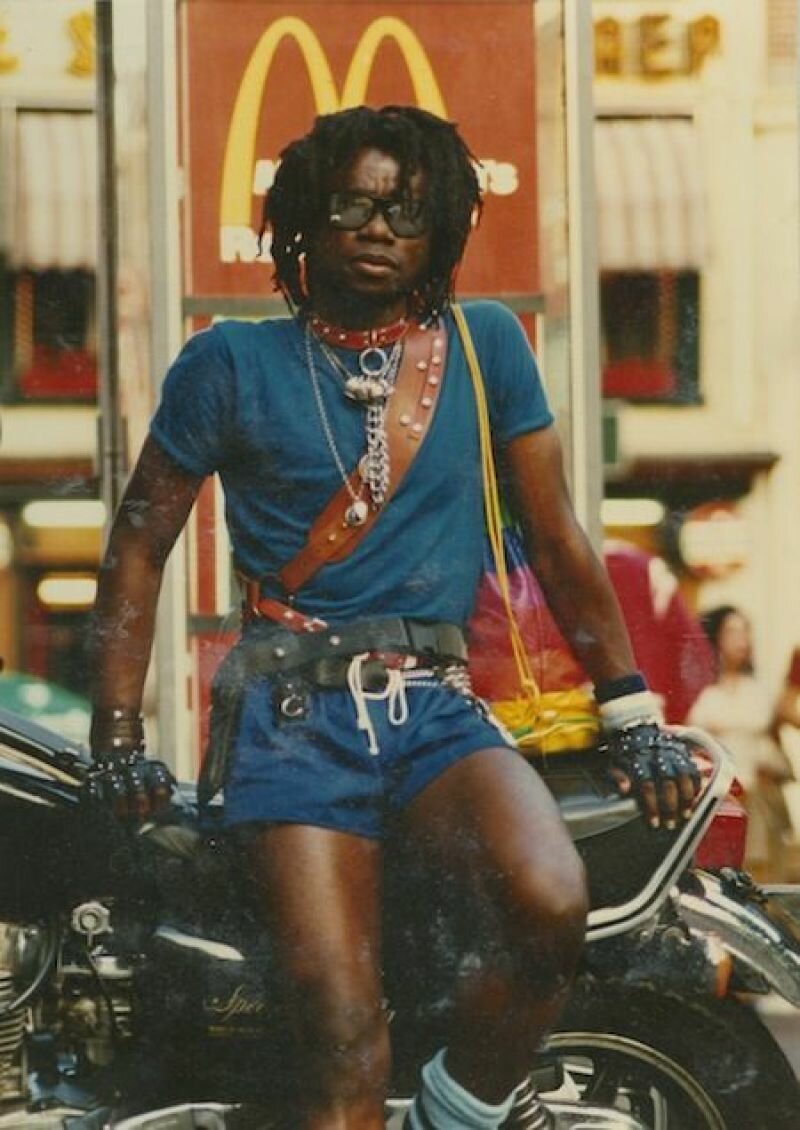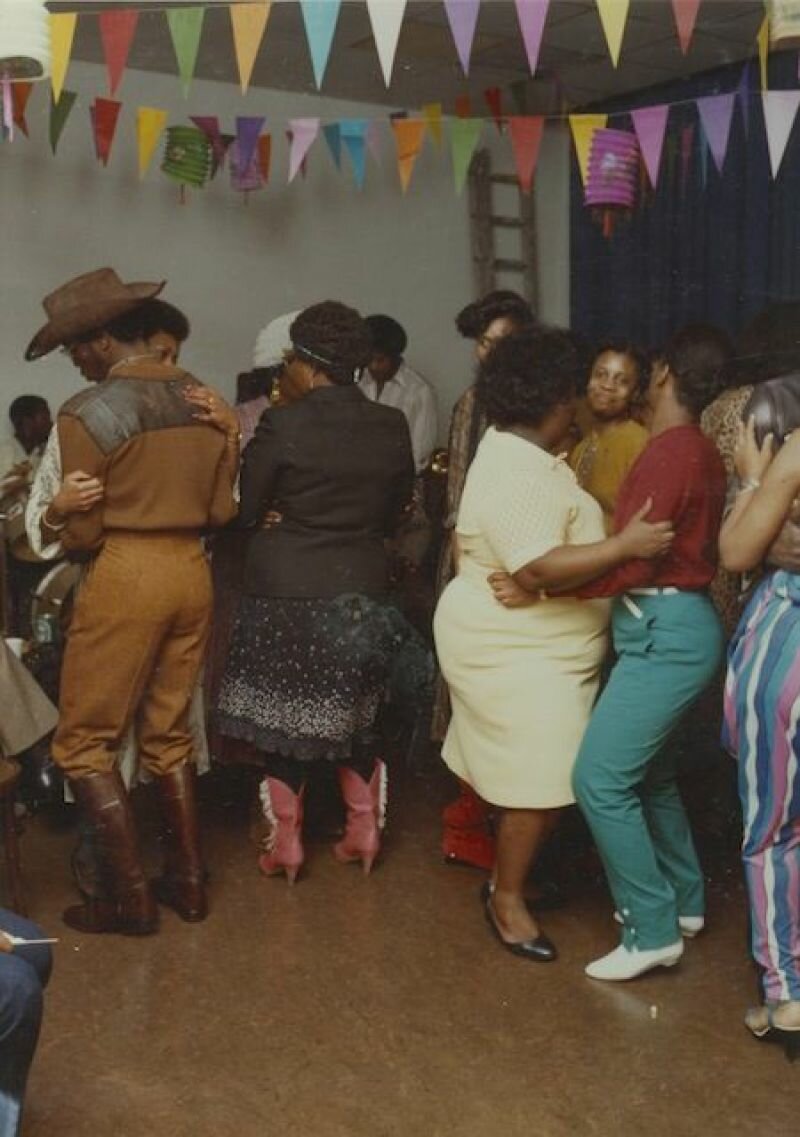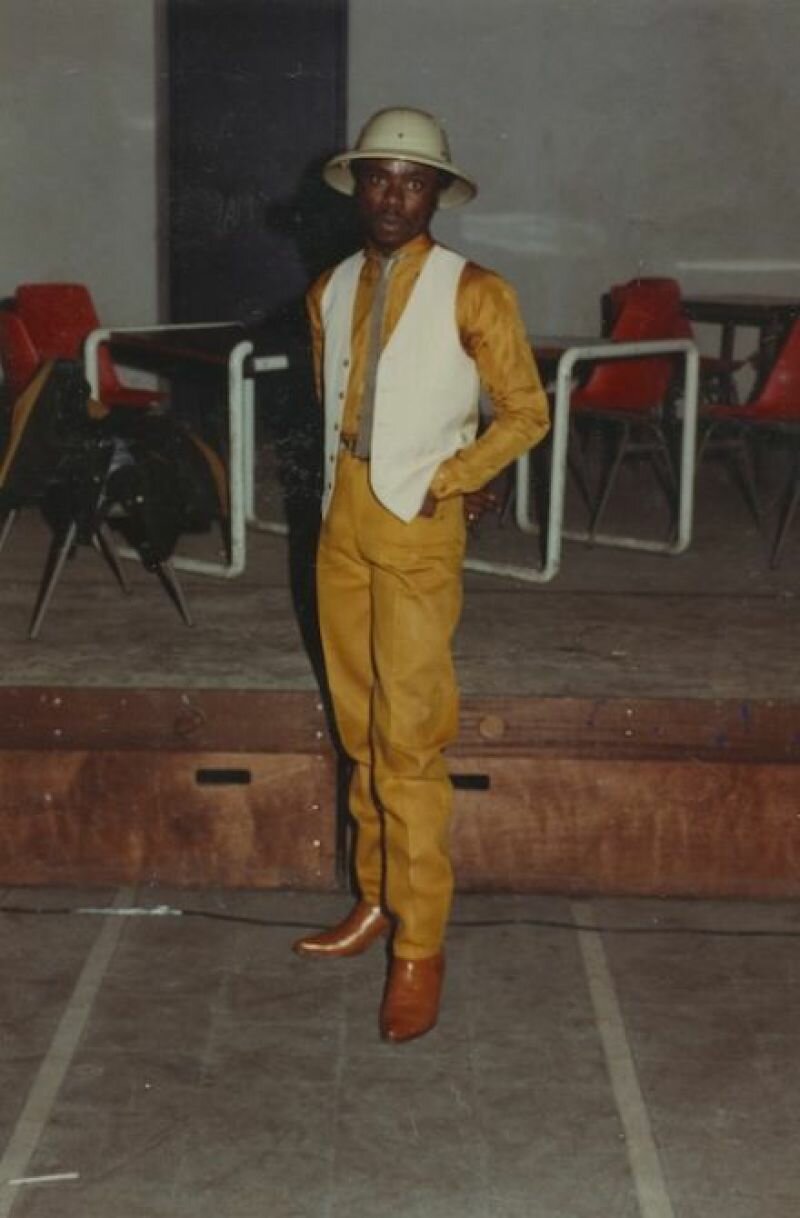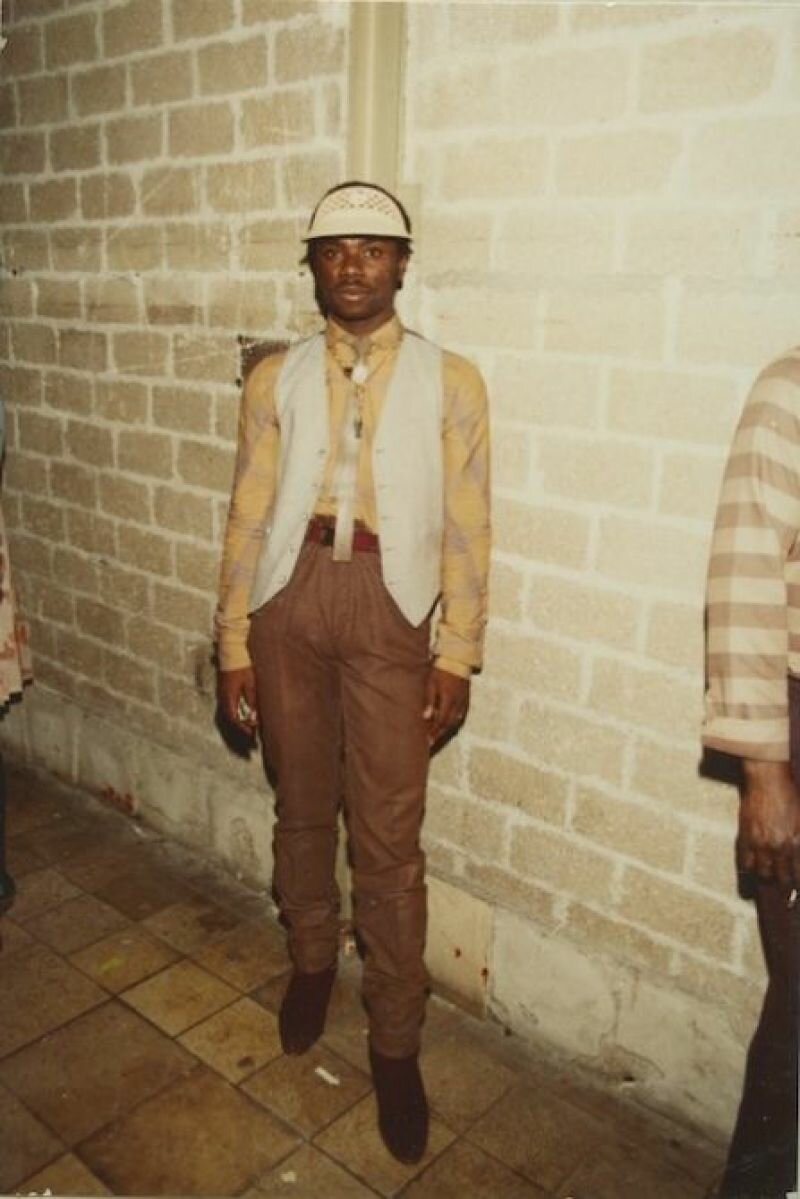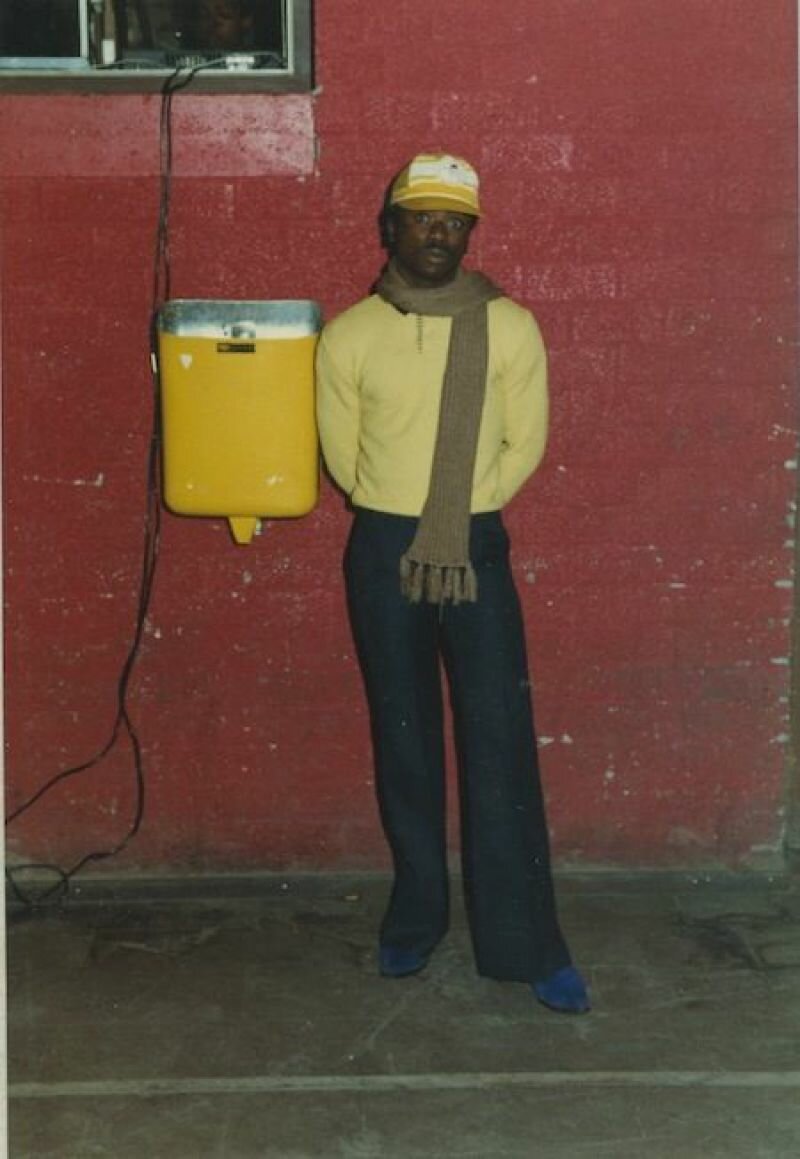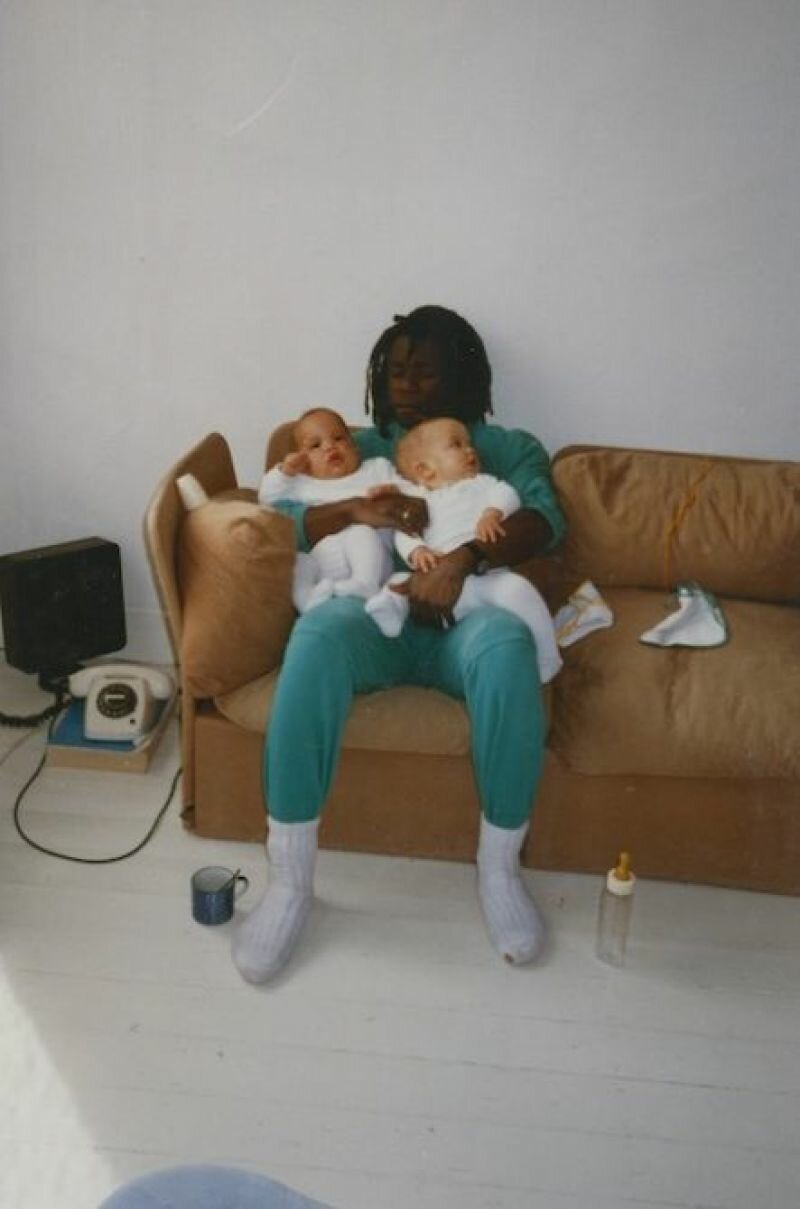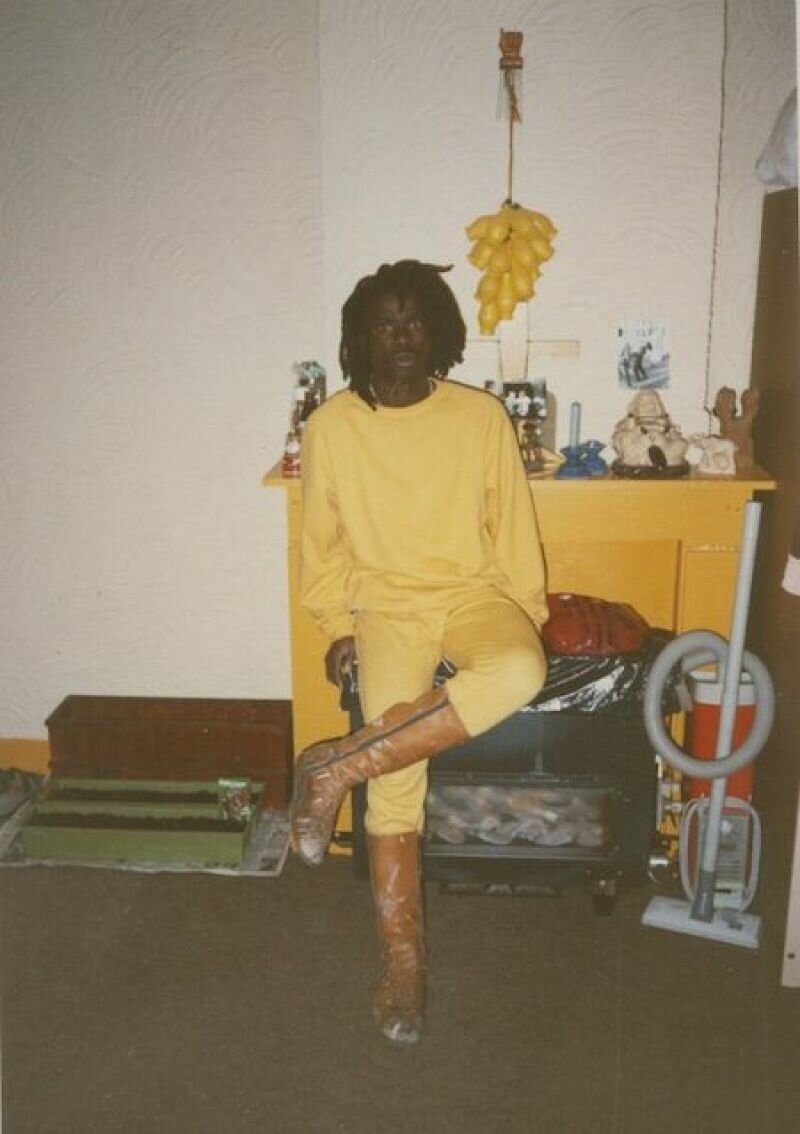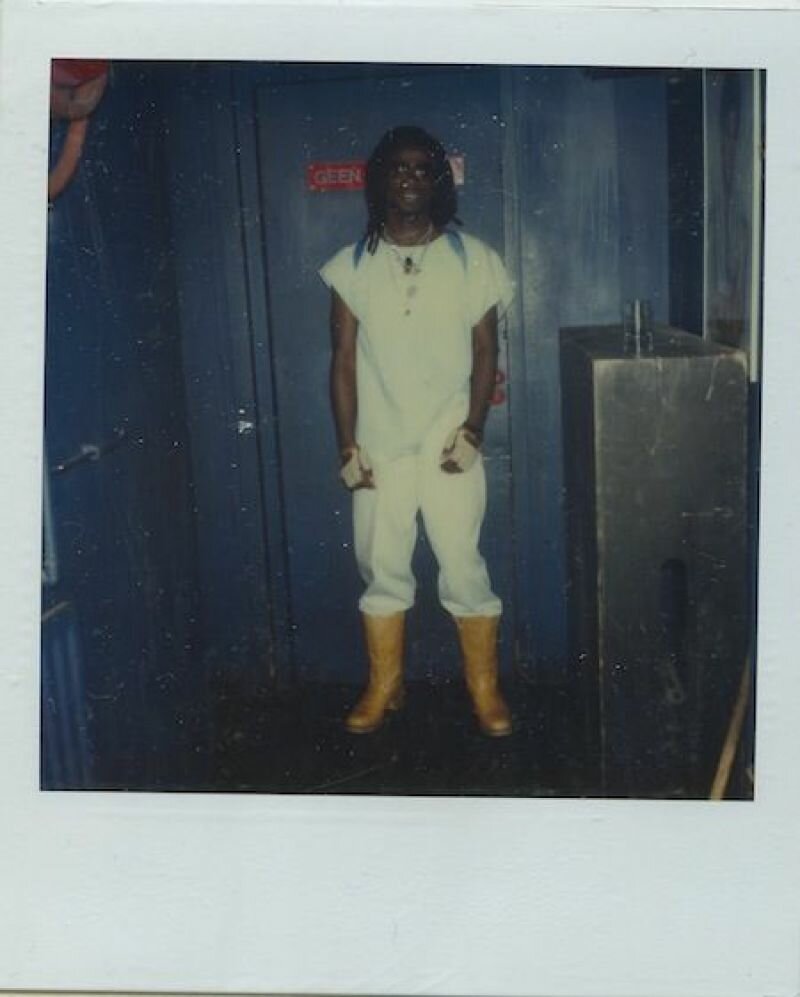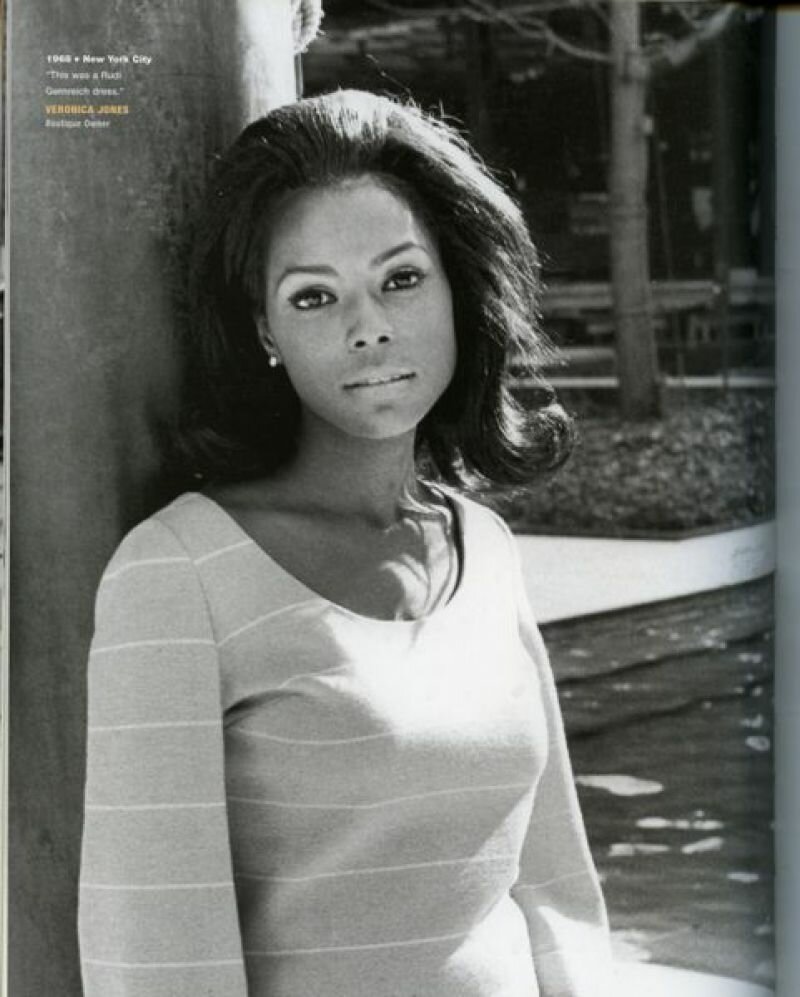
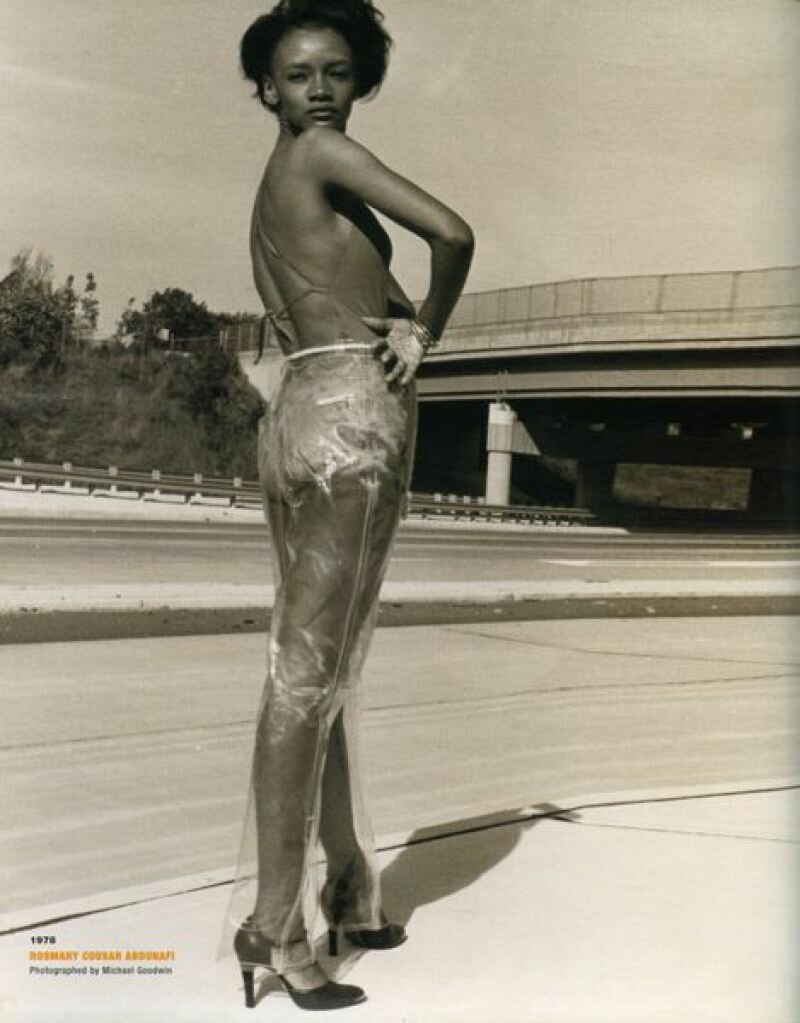
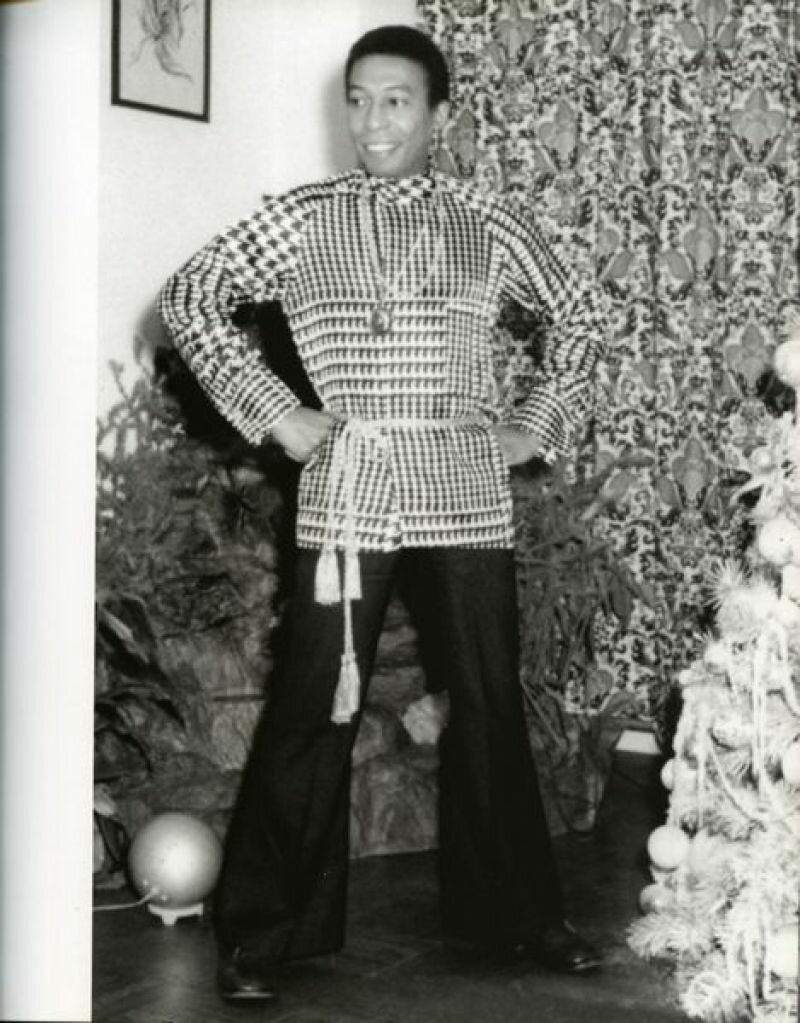


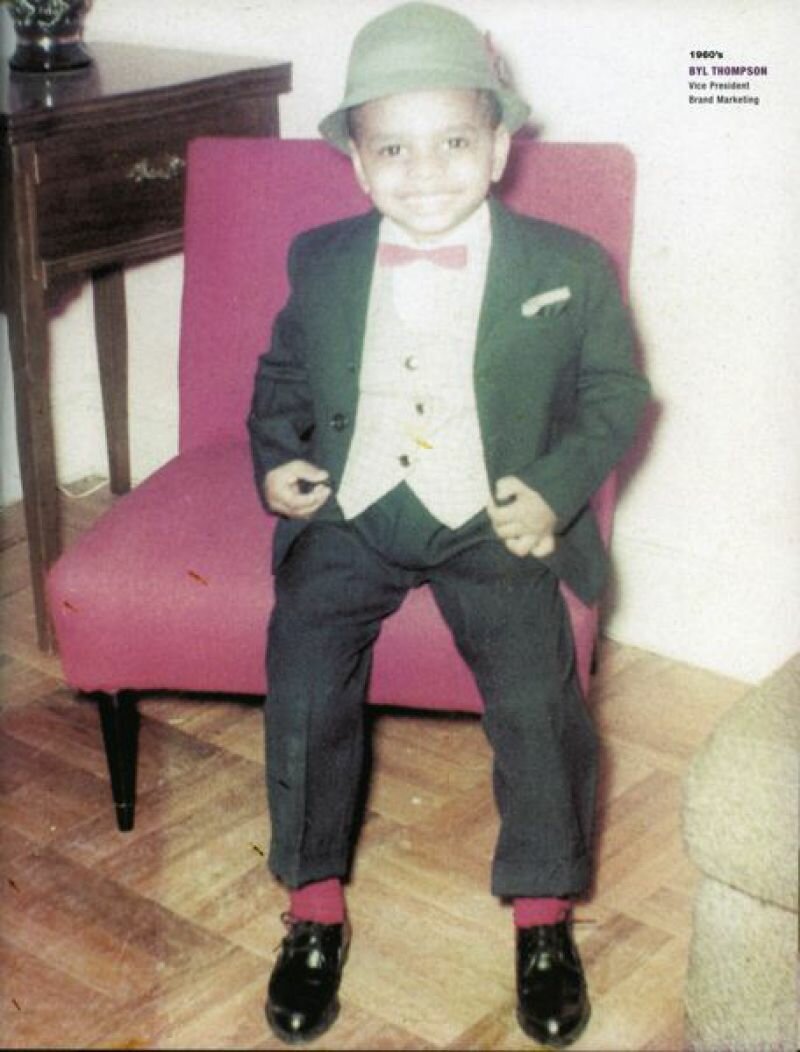
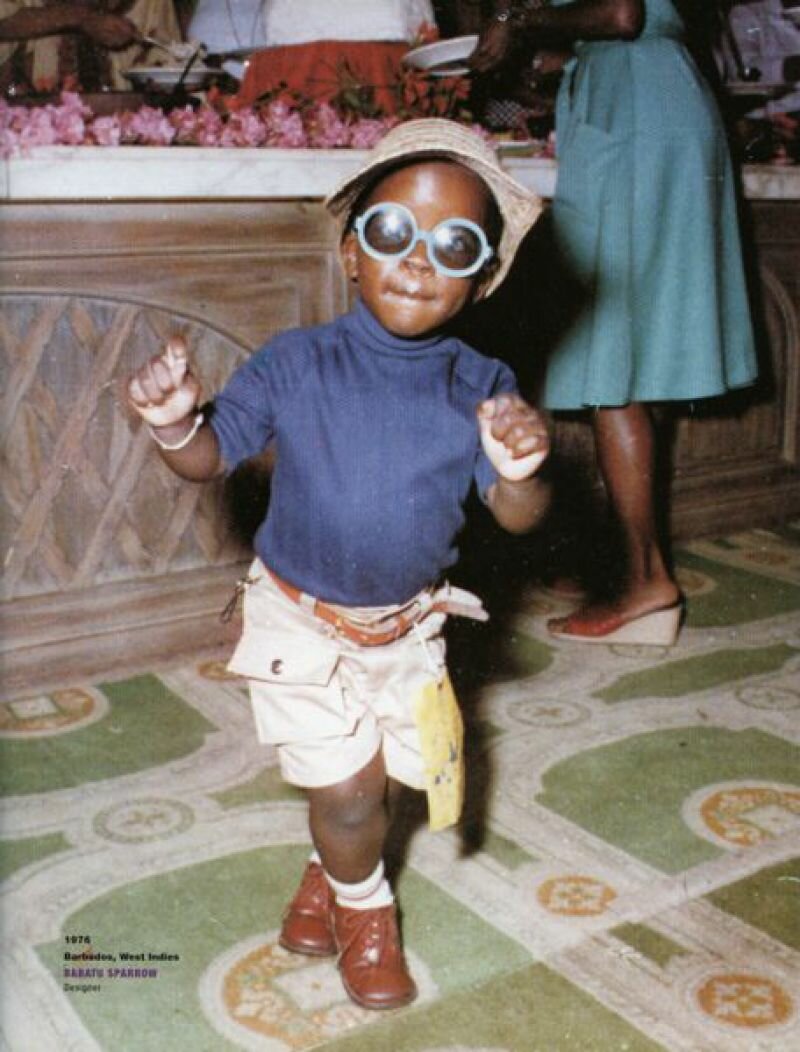

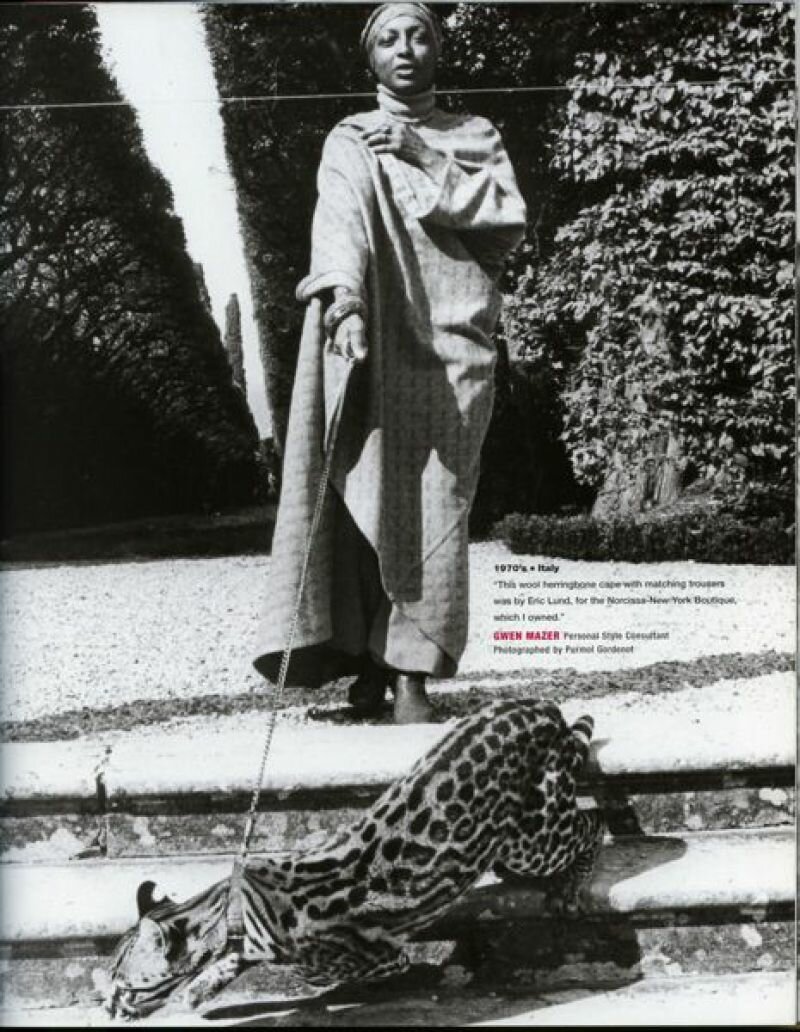
What catches the eye is that both the cliché and the experiment are celebrated. Pink is clearly a privileged colour and fur and gold are not shied away from either. A woman poses with a leopard tied to a bracelet. A black woman with her brown legs in nylons, that seems a little redundant, for weren’t nylons once invented to lend some tan to pale legs? But that is not the issue here. It is mainly the attention to detail and the overall meticulousness that stand out. A orange suit is matched with ditto shoes and to top it off, a shawl around the neck makes a bowtie. No black shoes are seen here because they would fit anything, no, every part complements the rest to arrive at that unique, own style. With an enormous turban around the head, sixteen year-old Karonda looks you in the eyes. The courage to be noticed, to live colourfully, that is what this book is about.
One should not enter a room and expect ambiance; one should enter and become it.
